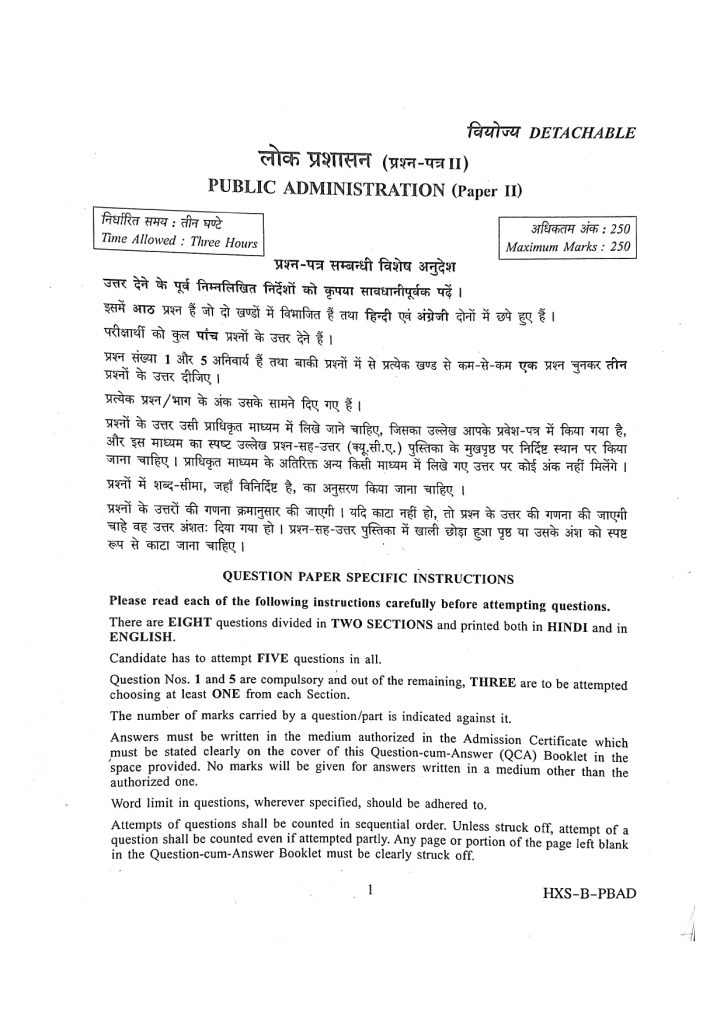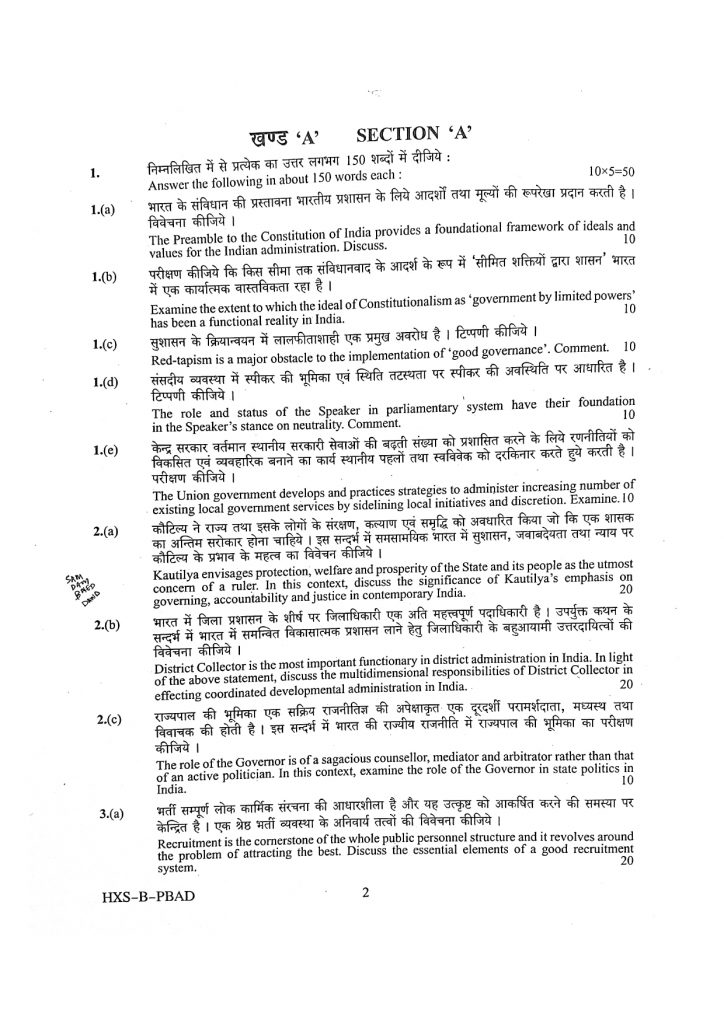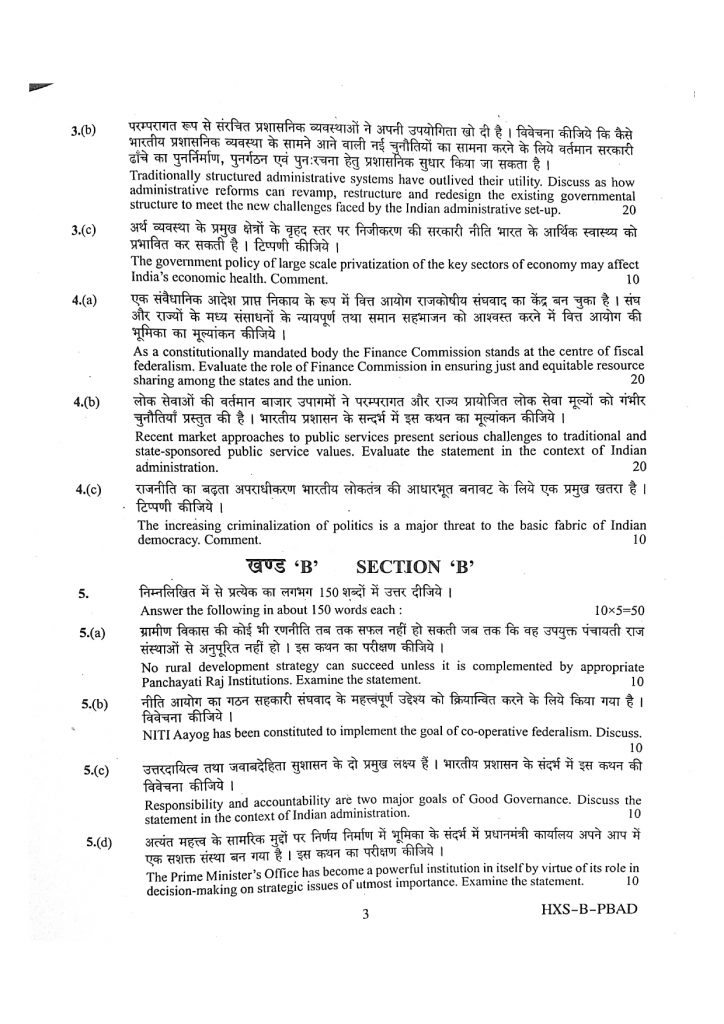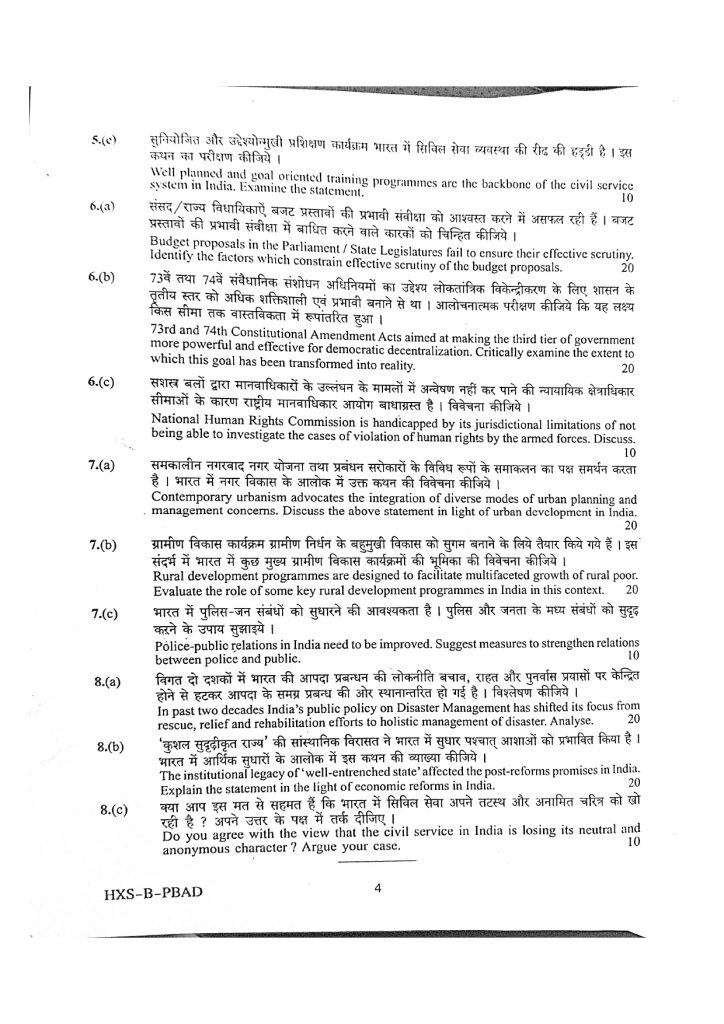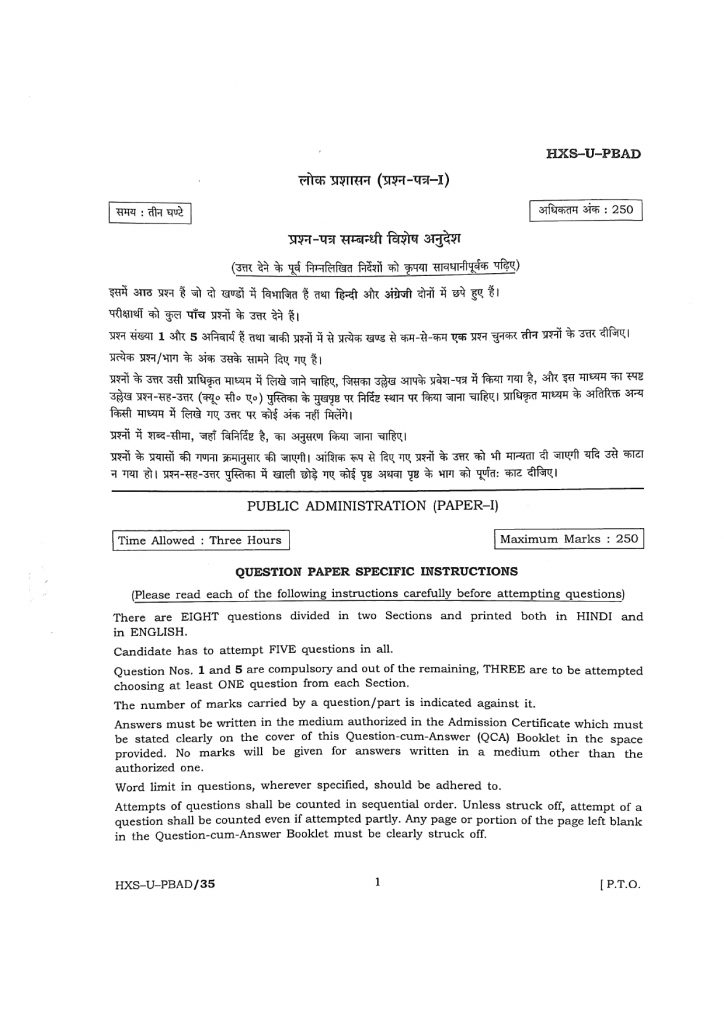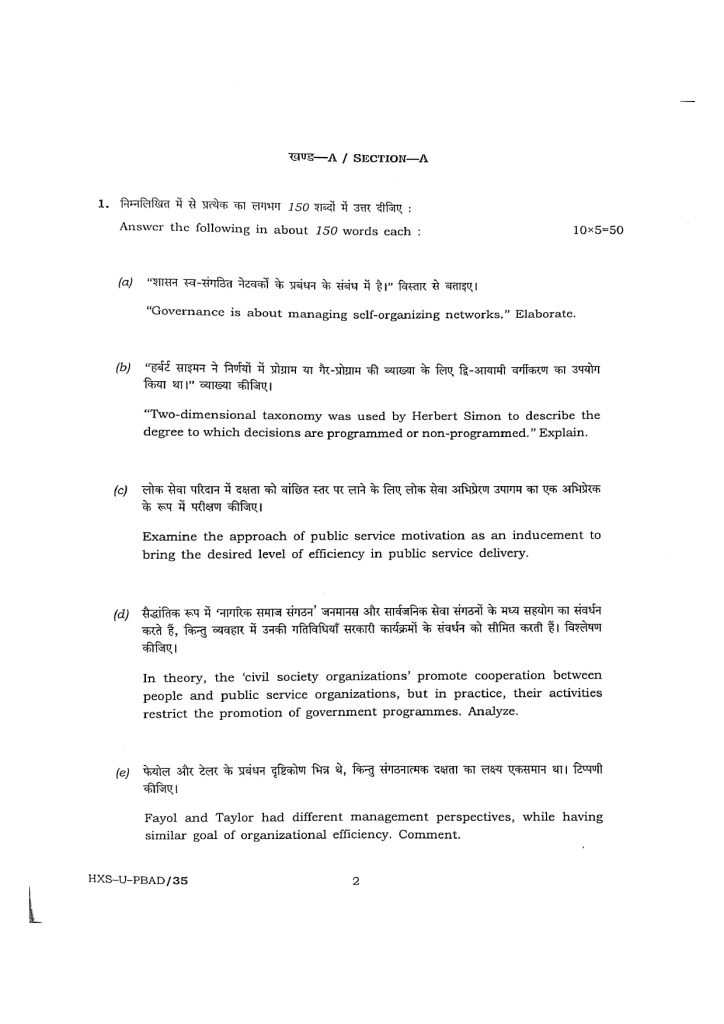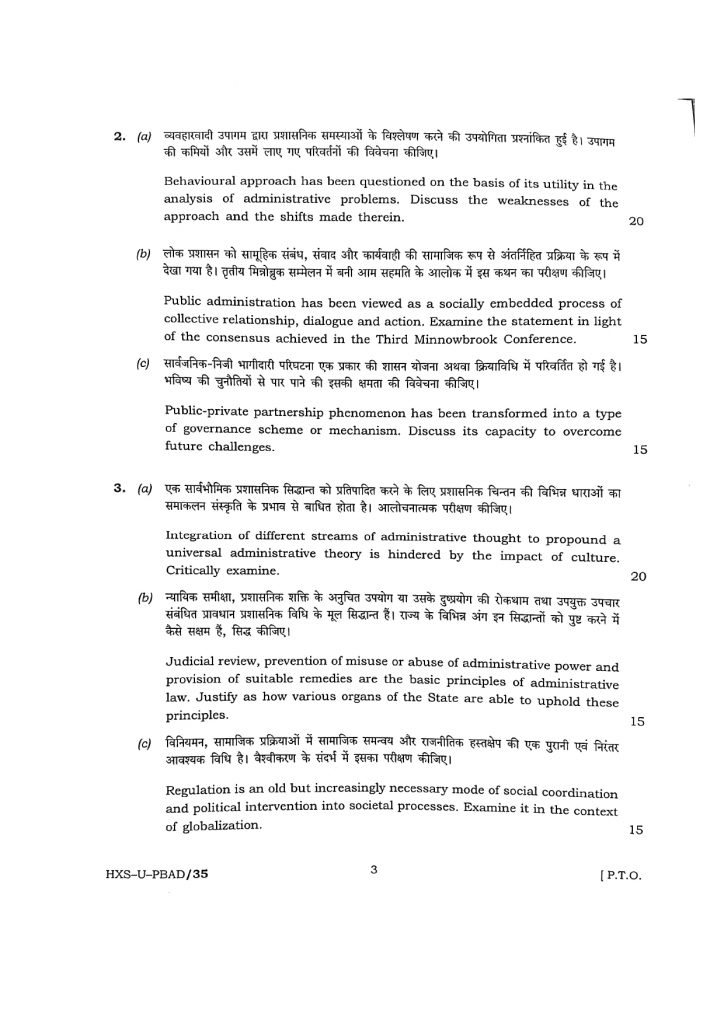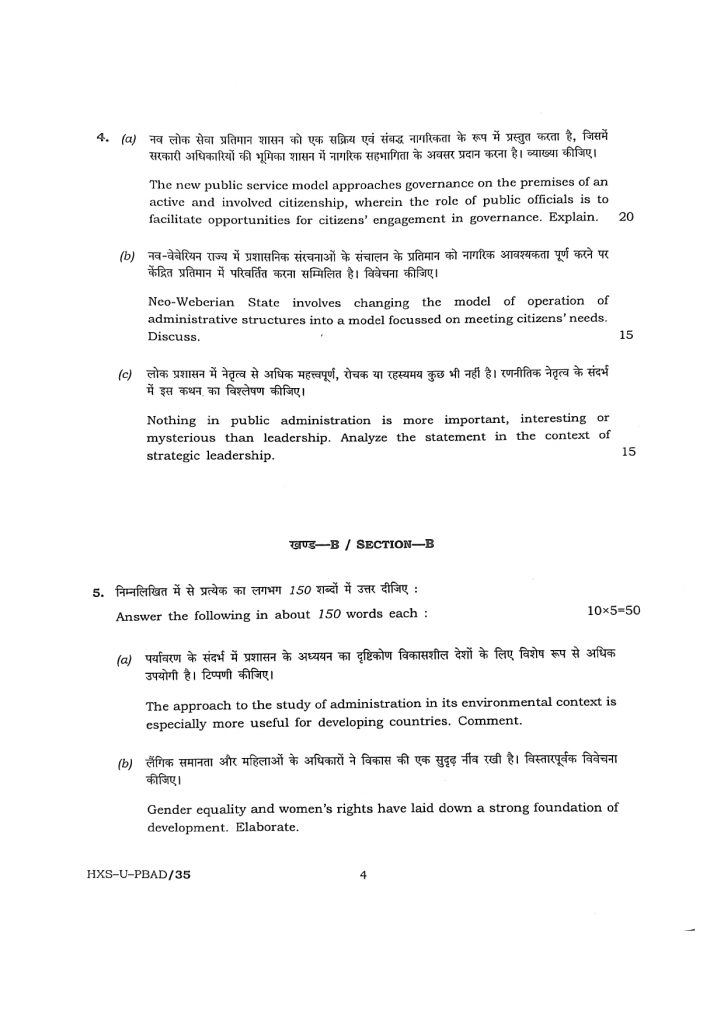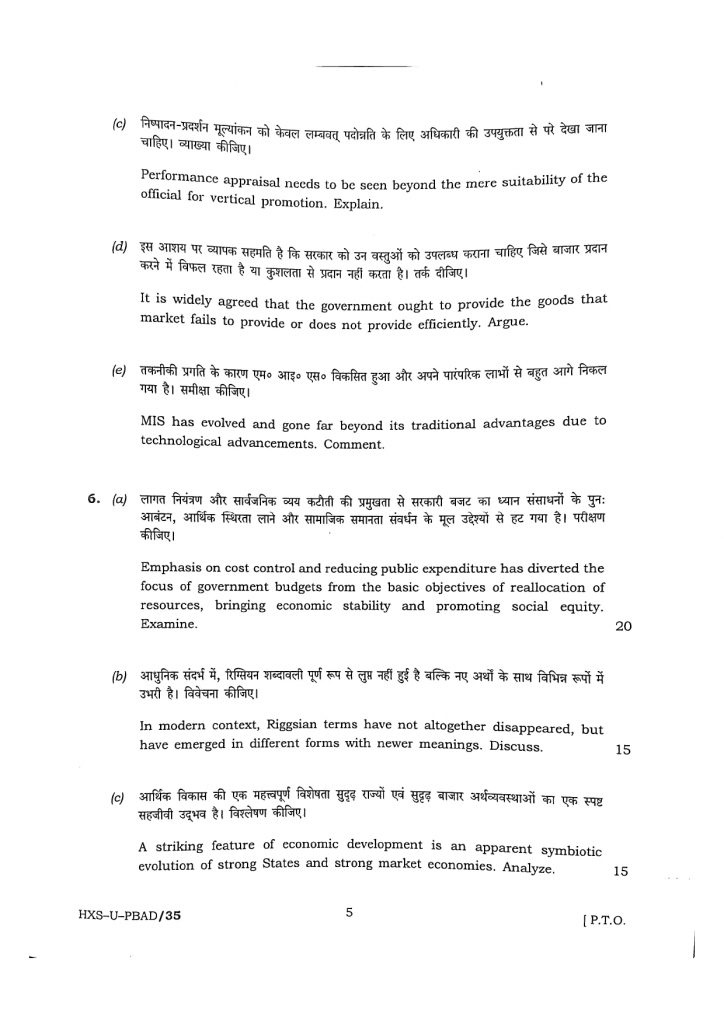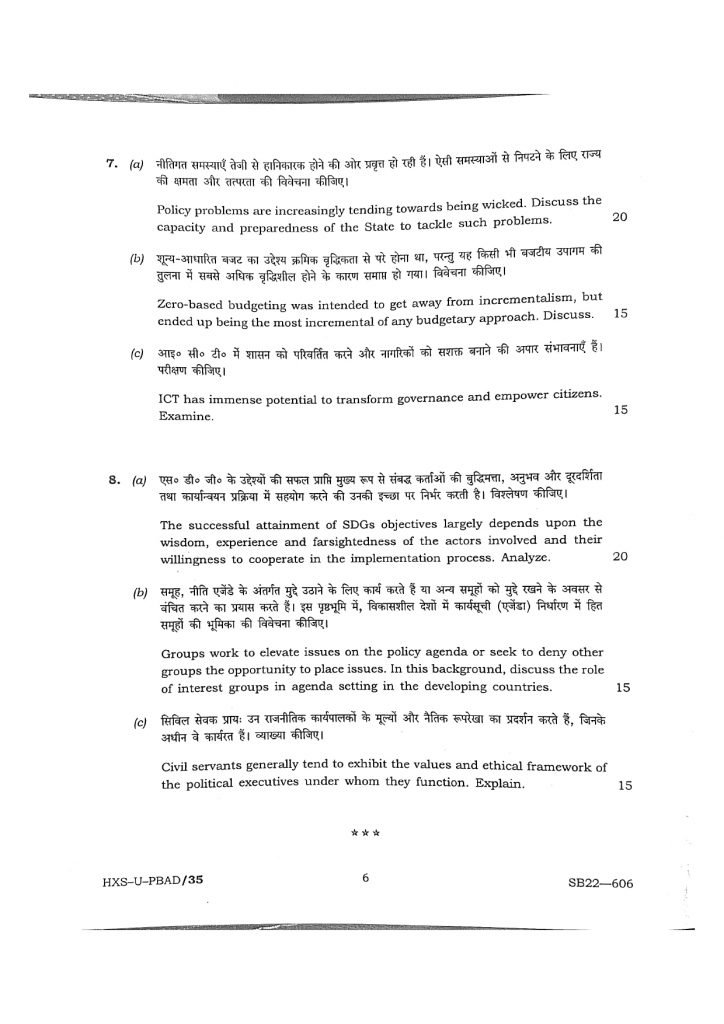THE CONTEXT: The data of Phase II of NFHS 5 was recently released by the government. The data of Phase I was released last year in December 2020. This marks the completion of NFHS 5 and thus in this article, we will learn about the findings of the survey and what they mean for India’s development.
ABOUT THE SURVEY
- Objective: The main objective of successive rounds of the NFHS is to provide reliable and comparable data relating to health and family welfare and other emerging issues.
- Sample Size: The NFHS-5 survey work has been conducted in around 6.1 lakh sample households from 707 districts of the country; covering 724,115 women and 101,839 men to provide disaggregated estimates up to district level.
- Indicators: It is based on 131 indicators with most of them being the same as that of NFHS 4.
- New Areas: It includes some new areas such as death registration, pre-school education, expanded domains of child immunization, components of micro-nutrients to children, menstrual hygiene, frequency of alcohol and tobacco use, additional components of non-communicable diseases (NCDs), expanded age ranges for measuring hypertension and diabetes among all aged 15 years and above.
FINDINGS OF THE REPORT
1. POSITIVE FINDINGS:
- Parameter: TOTAL FERTILITY LEVELS (TFR)
- Finding: The Total Fertility Rates (TFR), the average number of children per woman has further declined from 2.2 to 2.0 at the national level and all 14States/UT’s ranging from 1.4 in Chandigarh to 2.4 in Uttar Pradesh.
- Parameter: OVERALL CONTRACEPTIVE PREVALENCE RATE (CPR)
- Finding: Overall Contraceptive Prevalence Rate (CPR) has increased substantially from 54% to 67% at the all-India level.
- Parameter: SEX RATIO AT BIRTH
- Finding: For the first time in India, between 2019-21, there were 1,020 adult women per 1,000 men at birth.
- Parameter: UNMET NEEDS OF FAMILY PLANNING
- Finding: Unmet needs of family Planning have witnessed a significant decline from13 percent to 9 percent at the all-India level.
- Parameter: FULL IMMUNISATION DRIVE
- Finding: Full immunization drives among children aged 12-23 months has recorded a substantial improvement from 62 percent to 76 percent at the all-India level.
- Parameter: INSTITUTIONAL BIRTHS
- Finding: Institutional births have increased substantially from 79 percent to 89 percent at all-India levels.
- Parameter: CHILD NUTRITION
- Finding: Child Nutrition indicators show a slight improvement at the all-India level as Stunting has declined from 38 percent to 36 percent, wasting from 21 percent to 19 percent, and underweight from 36 percent to 32 percent at all India levels.
- Parameter: EXCLUSIVE BREASTFEEDING
- Finding: Exclusive breastfeeding to children under age 6 months has shown an improvement in the all-India level from 55 percent in 2015-16 to 64 percent in 2019-21.
- Parameter: WOMEN OPERATING BANK ACCOUNTS
- Finding: Women operating bank accounts have improved from 53 percent to 79 percent at the all-India level.
2. NEGATIVE FINDINGS:
- Parameter: ANAEMIA AMONG CHILDREN AND WOMEN
- Finding: More than half of the children and women (including pregnant women) are anemic in all the phase-II States/UTs and all-India levels compared to NFHS4.
- Parameter: FAMILY PLANNING
- Finding: Female sterilization continues to dominate as the method of contraception in states like Andhra Pradesh, Telangana, Kerala, Karnataka, Bihar, and Maharashtra.
PROBLEMS WITH THE REPORT
- Clarity of Terms: Various terms lacked clarity which create doubt over the meaning of the data. For example, improved drinking water sources failed to differentiate between piped water, public tap, dug well, rainwater, etc.
- The anomaly with Phase 1: In Phase 1, several states showed a worsening in nutrition indicators while in Phase 2, no state showed worsening. Experts have questioned it alleging that the COVID-19 might have led to undercounting of incidences.
- Blanket Approach: On the micronutrients aspect, the study uses a blanket approach despite dietary variation across the nation.
THE WAY FORWARD
- Making Health Services Accessible and Equitable: The survey showcases the widespread inequity in the health services and thus policy intervention is required to make them accessible to the poor. Ayushman Bharat Scheme is a step in this direction but more needs to be done.
- Gender Equity: The survey highlights the gender inequity in education and nutrition. These need to be corrected through affirmative action for women’s rights.
- Education as change catalyst: Sex education and health education need to be taught at school especially with regards to women’s health issues and sexual health so as to create a behavior change in the family regarding the sexual rights of women.
- Food Fortification: Food fortification needs to be encouraged so as to battle malnutrition in women and children.
THE CONCLUSION: A nation’s growth is determined by the health levels of its population. The NFHS data while showing good improvement on various issues also showcase the glaring inequity and disparities in Indian society. These need to be tackled with affirmative action by the state along with the support of the private sector.
